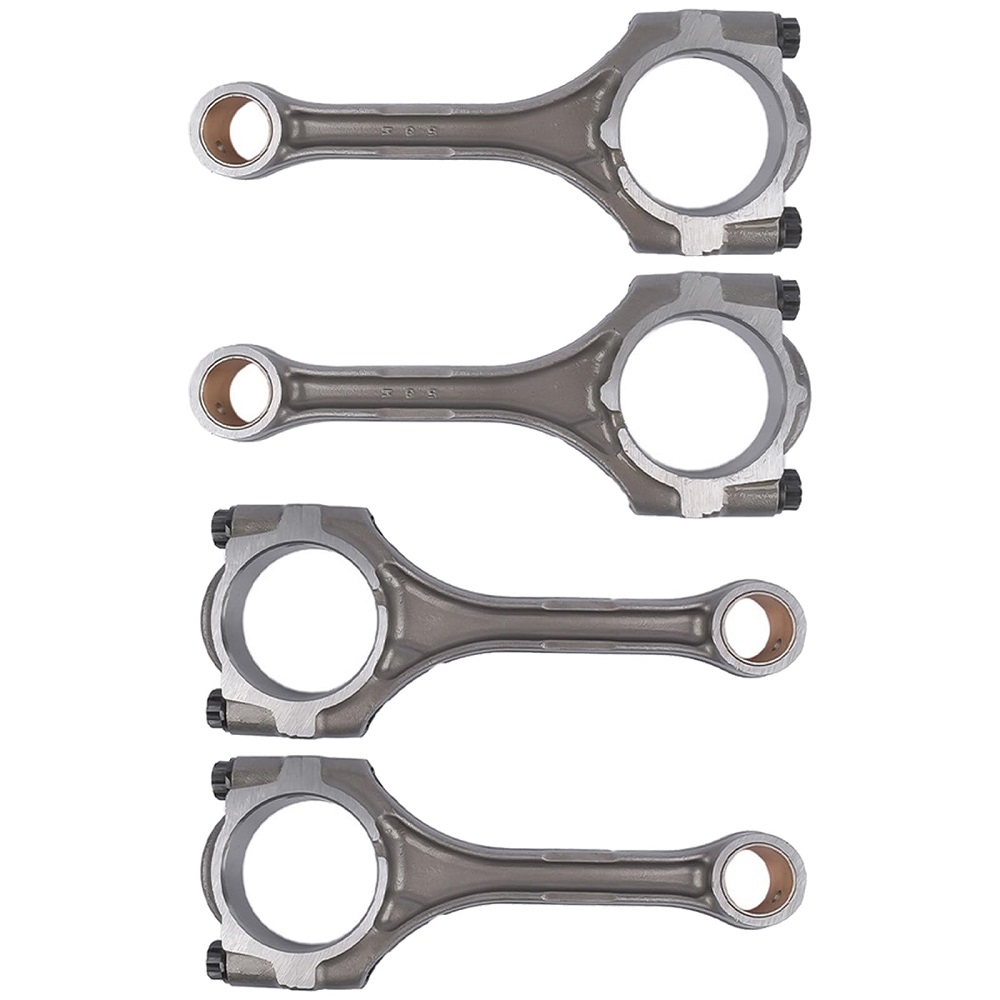Introduction: Understanding the Role of Rod Pistons
What is a Rod Piston?
A rod piston is a vital component found in various types of machinery, particularly those using pneumatic or hydraulic systems. It is typically designed as a cylindrical element that converts pressure into mechanical motion. When air or fluid pressure is applied to the rod, it creates linear movement, enabling machines to perform various tasks such as lifting, pushing, or pulling. Rod pistons are widely used in applications ranging from automotive engines to industrial machinery. Understanding their function and importance is crucial for anyone working with these systems.
The Importance of Regular Maintenance
Maintaining rod pistons is essential for ensuring they operate effectively and last longer. Components that are well cared for are less likely to experience breakdowns, which can result in costly repairs and downtime. Regular maintenance not only extends the life of the piston but also enhances the overall efficiency of the machinery it serves. Ensuring that pistons are functioning correctly contributes to consistent performance and reliability in operations. This is particularly critical in industrial settings where the failure of a single component can halt production.
Overview of This Guide
This article will discuss common issues associated with rod pistons, providing insight into how these problems manifest and how they can be addressed. We will cover essential maintenance tips to promote the longevity of rod pistons, including routine inspections, proper lubrication, and cleaning procedures. By the end of this guide, readers will be equipped with valuable knowledge on maintaining rod pistons for optimal performance in various applications.
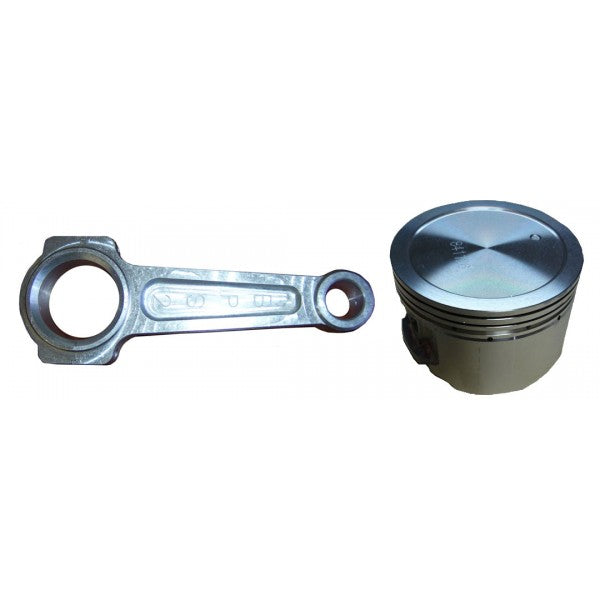
Common Issues with Pistons
Wear and Tear
One prevalent issue that rod pistons can experience is wear and tear. Over time, the constant movement and exposure to pressure can lead to degradation of the piston material. Factors such as friction, heat, and contaminants can accelerate the wearing process. This wear may manifest as scratches, grooves, or uneven surfaces on the piston, which can negatively impact its performance. Identifying wear and tear early can help avert more severe issues down the line, such as leakage or complete piston failure.
Seal Failure
Rod pistons often feature seals to prevent fluid or air leakage and to maintain pressure within the system. Seal failure can occur due to several factors, including exposure to harsh chemicals, extreme temperatures, or inadequate lubrication. When seals fail, they can lead to significant performance issues, including pressure drops and contamination of the hydraulic or pneumatic system. Regularly checking seals for signs of wear or damage is crucial for maintaining proper function and preventing system inefficiencies.
Hydraulic Fluid Contamination
In hydraulic systems, contamination of the hydraulic fluid can pose a significant threat to rod pistons and overall system performance. Contaminants such as dirt, water, or metal shavings can enter the hydraulic fluid, leading to inadequate lubrication and increased wear on components. Furthermore, contaminated hydraulic fluid can cause clogs and blockages in the system, resulting in strain on the piston. Regular fluid testing and maintaining a clean environment for hydraulic systems are essential practices to minimize the risk of contamination.
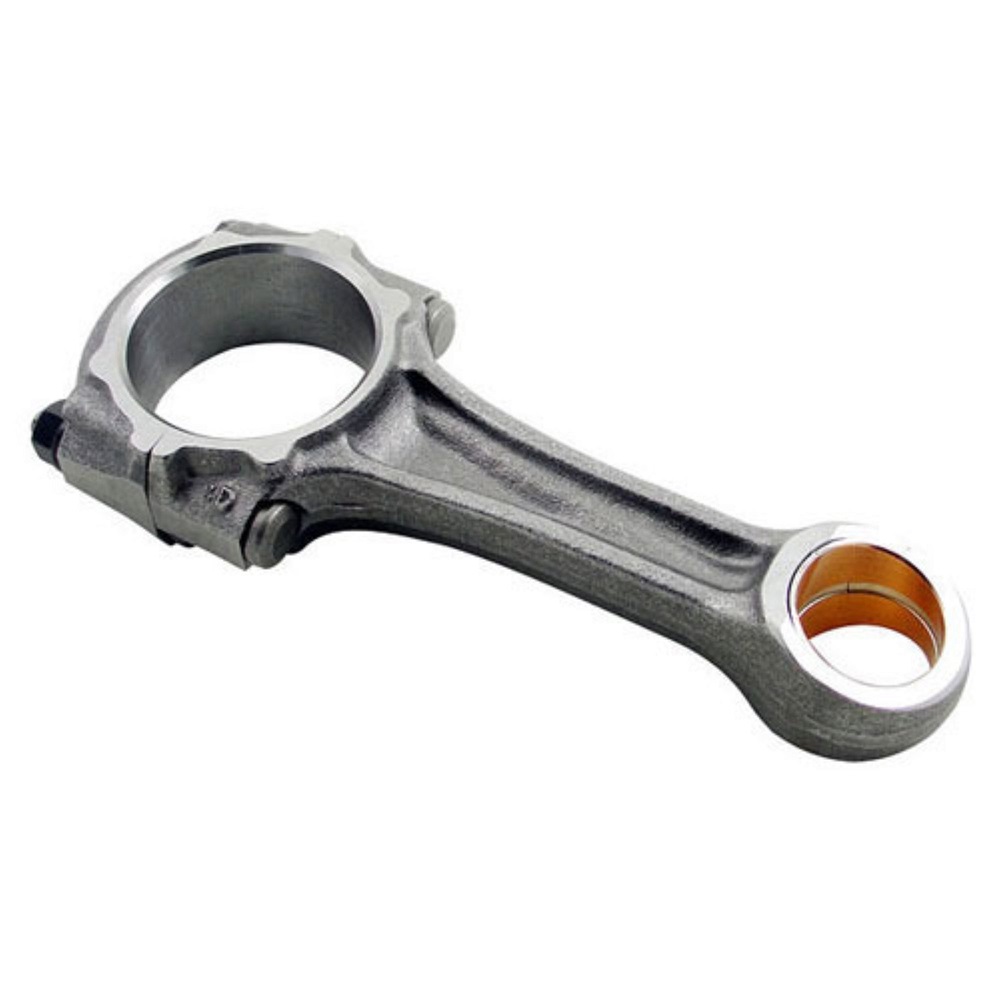
Essential Maintenance Tips
Routine Inspections
Conducting routine inspections of rod pistons is crucial for detecting early signs of issues. Regularly check for wear, leaks, and any abnormal noises during operation. Look for signs of corrosion or damage to both the rod and the seals. Establishing a maintenance schedule allows for timely identification of problems that can lead to significant breakdowns. Taking proactive measures in inspections can ensure uninterrupted operation and enhance the longevity of the equipment.
Proper Lubrication
Lubrication plays a key role in the performance of rod pistons. Adequate lubrication reduces friction between moving parts, minimizing wear and preventing overheating. It is essential to use the appropriate type of lubricant recommended by the manufacturer to ensure compatibility with the materials used in the piston and the surrounding components. Regularly check and replace the lubricant according to the maintenance schedule. Establishing proper lubrication practices will result in smoother operation and prolonged lifespan of the rod piston.
Cleaning Procedures
Keeping rod pistons clean is essential to preventing premature wear and maintaining their integrity. Contamination caused by dirt, debris, and other particulates can affect the piston’s performance, leading to failure. Regularly clean the piston and the surrounding components to prevent buildup. For hydraulic systems, ensure that the hydraulic fluid remains free from contaminants by adhering to cleaning protocols. Depending on the application, consider employing specialized cleaning solutions that will not damage the piston material.
Understanding the Engineering Aspects
Material Selection
The materials used in the construction of rod pistons are fundamental to their performance and longevity. Common materials include steel, aluminum, and various alloys, each offering specific benefits and characteristics. When selecting a rod piston, consider the operating environment, including temperature and exposure to chemicals or contaminants. Choosing high-quality materials can significantly impact the durability and reliability of the piston under challenging conditions. Understanding the implications of material choice can lead to more informed decisions and improved outcomes.
Hydraulic and Pneumatic System Design
Understanding the design of hydraulic and pneumatic systems is crucial for optimizing the performance of rod pistons. The design of the system determines how energy is transmitted and how efficiently the components work together. You can prevent excessive strain on pistons and reduce the likelihood of wear and failure by ensuring that the system is properly designed. Collaborating with engineers during the design phase can lead to better performance and reliability in applications that utilize rod pistons.
Operating Conditions
The operating conditions under which rod pistons are used will also influence their maintenance and longevity. Factors such as temperature, pressure, and frequency of operation can affect how quickly a piston will wear. Understanding the specific demands placed on a rod piston will inform appropriate maintenance strategies and tool selections. By recognizing the unique challenges posed by operating conditions, operators can implement targeted solutions to enhance performance and reduce the risk of malfunctions.
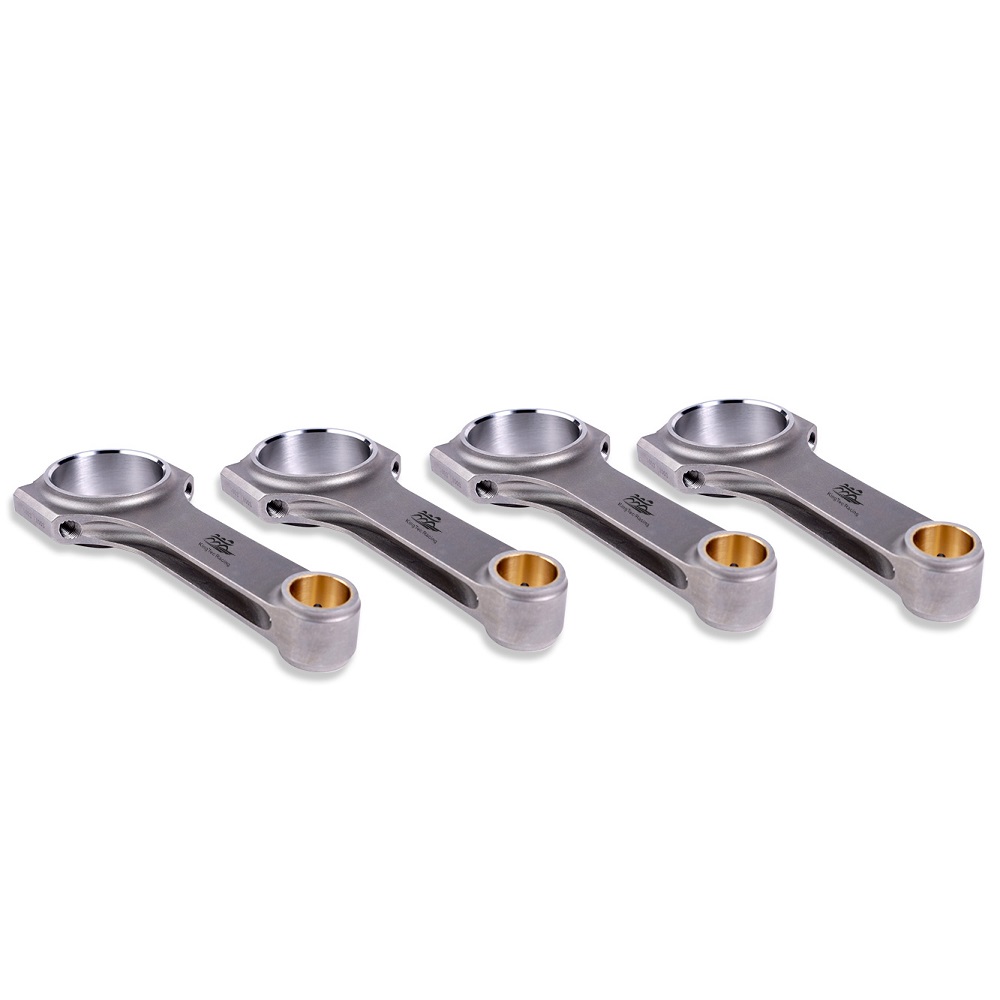
Recognizing Signs of Potential Problems
Changes in Performance
Monitoring performance changes is critical for detecting potential issues with rod piston. Indicators may include decreased efficiency, sluggish movement, or unexpected noise during operation. Any significant deviation from the normal operation should be taken seriously and investigated promptly. Addressing performance changes before they escalate can prevent extensive damage and costly repairs. Routine performance monitoring will help maintain optimal functionality and prolong the lifespan of the rod piston.
Visual Inspection Triggers
Visual inspections can reveal crucial information about the condition of rod pistons. Look for any visible signs of wear such as scratches, discoloration, or rust on the surface. Pay special attention to the seals; if they appear cracked or deformed, it may be time for replacement. If you notice any abnormalities during routine checks, you can prompt timely maintenance or repairs, ensuring that you manage potential problems before they lead to a catastrophic failure.
Implementing Condition Monitoring
Condition monitoring systems can further assist in maintaining rod pistons effectively. These systems collect data on operational parameters, such as pressure and temperature, providing insights into performance trends. Alerts can be set up to notify operators of any deviations from normal conditions. By implementing condition monitoring, businesses can adopt a proactive approach to maintenance, ultimately reducing downtime and maximizing productivity.
Understanding the Impact of Technology
Advancements in Rod Piston Design
Recent technological advancements have significantly improved the design and functionality of rod pistons. Engineers are now using computer-aided design (CAD) software to optimize rod piston shapes and materials, enhancing performance under pressure. These innovations allow for lightweight designs without sacrificing strength, resulting in more efficient machinery. Additionally, advancements in manufacturing processes, such as using precision machining and additive manufacturing, enable the production of highly durable rod pistons tailored to specific applications. Staying updated on these advancements can give professionals an edge in their operational capabilities.
Smart Technologies and IoT Integration
The integration of smart technologies and the Internet of Things (IoT) has revolutionized the way rod pistons are monitored and maintained. Modern sensors can provide real-time data on the performance and condition of rod pistons, allowing for proactive maintenance strategies. For instance, humidity or temperature sensors can signal when environmental conditions may affect the performance of hydraulic or pneumatic systems. These advanced monitoring systems can help prevent breakdowns by alerting operators before issues escalate. By adopting smart technologies, organizations can ensure greater reliability and mitigate risks associated with equipment failure.
Sustainable Manufacturing Practices
In recent years, there has been a growing emphasis on sustainability within manufacturing processes, including the production of rod pistons. Manufacturers are increasingly focusing on eco-friendly materials and waste reduction strategies. Using recyclable materials and implementing energy-efficient manufacturing processes not only reduces environmental impact but can also lead to cost savings. As companies strive to enhance their sustainability practices, investing in environmentally friendly rod pistons can create a competitive advantage. It aligns with the rising demand for sustainable solutions in various industries.
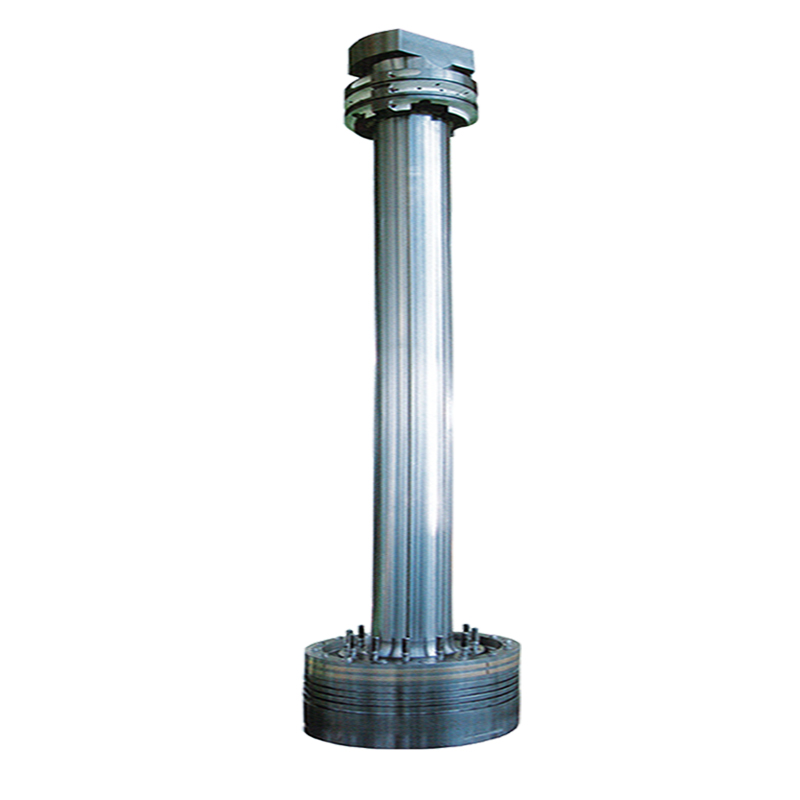
Comparing Rod Pistons Across Industries
Use in Different Applications
Rod pistons find applications across diverse industries, including automotive, aerospace, and construction. In the automotive sector, for example, rod pistons are critical components in hydraulic braking systems and power steering. They ensure that vehicles operate safely and efficiently. In aerospace, engineers use rod pistons in various systems, from landing gear to control surfaces, where precision and reliability are paramount. In construction, hydraulic systems powered by rod pistons are essential for operating machinery such as excavators and cranes. Understanding these various applications can help professionals recognize the distinctive needs and challenges of their specific industry.
Industry Standards and Compliance
Most industries have established standards and regulations concerning rod piston design, performance, and quality. These standards, such as those set by organizations like the American National Standards Institute (ANSI) and the International Organization for Standardization (ISO), ensure that rod pistons meet specific safety and performance criteria. Compliance with these standards is critical for ensuring that components function as intended and can withstand the demanding conditions of their applications. Familiarizing yourself with applicable industry standards not only facilitates better selection of rod pistons but also promotes safety and reliability in operations.
Importance of Supplier Relationships
Selecting a reliable supplier for rod pistons is vital for maintaining quality and performance within any operation. Strong supplier partnerships facilitate consistent access to high-quality components and resources tailored to specific needs. When evaluating potential suppliers, assess their reputation, experience, and the range of products offered. A reputable supplier will provide not only the components needed but also support and guidance on best practices. The relationship formed with suppliers plays a significant role in ensuring that organizations remain competitive in the marketplace, enabling them to address their particular requirements effectively.
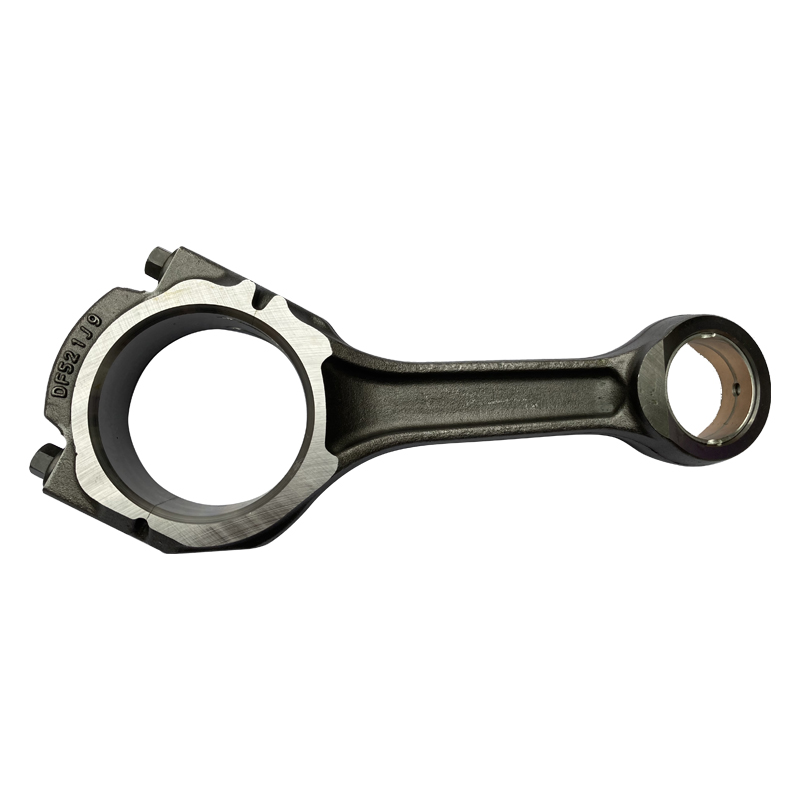
Conclusion: Taking Charge of Rod Piston Maintenance
Commit to Continuous Improvement
In conclusion, effectively managing rod piston requires a commitment to continuous improvement in maintenance and operational practices. By implementing standardized maintenance routines, closely monitoring performance, and staying informed about industry advancements, you can significantly enhance the longevity of rod pistons. Prioritizing maintenance efforts and adopting innovative technologies will lead to increased efficiency and reduced downtime across machinery.
Stay Informed About Innovations
As the industrial landscape evolves, so do the features and technologies associated with rod piston. Staying updated about innovations in material science, design, and manufacturing processes can help you make informed decisions. These advancements not only enhance performance but can also promote greater safety and sustainability. Being proactive in understanding and adopting new technologies will set your organization apart and contribute to achieving operational excellence.
Emphasize Training and Education
Finally, fostering a culture of learning and development is critical for maintaining rod piston effectively. Invest in training programs that educate employees about proper maintenance practices, troubleshooting techniques, and the importance of timely reporting. A well-trained workforce can identify potential issues before they escalate and ensure that equipment is kept in optimal condition. By emphasizing training and education, you can create a dedicated and knowledgeable team equipped to handle the complexities of maintaining rod pistons and the machinery they support.
By prioritizing these considerations, you not only enhance the longevity and performance of rod pistons but also contribute to the efficiency and reliability of your entire operation. Equipped with the right knowledge, tools, and support, you can set a course for success in your industry.
